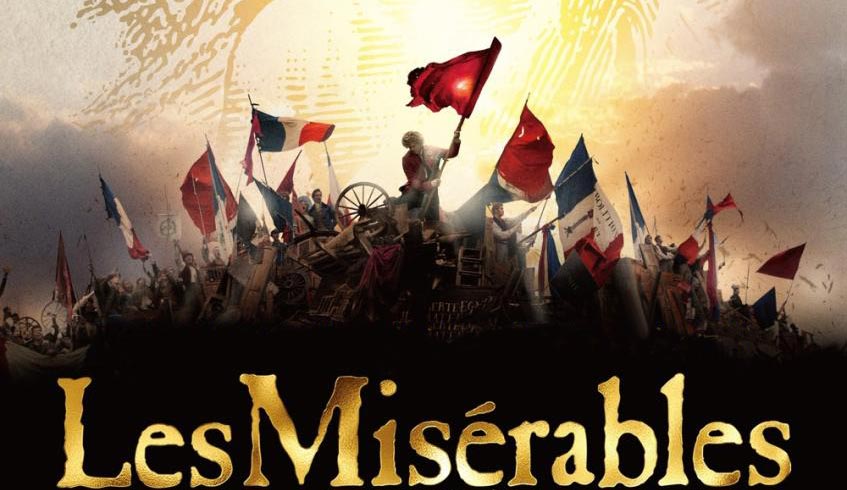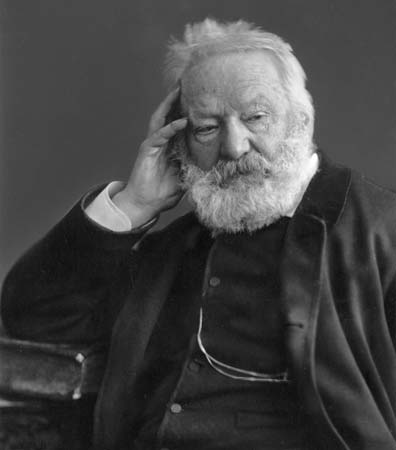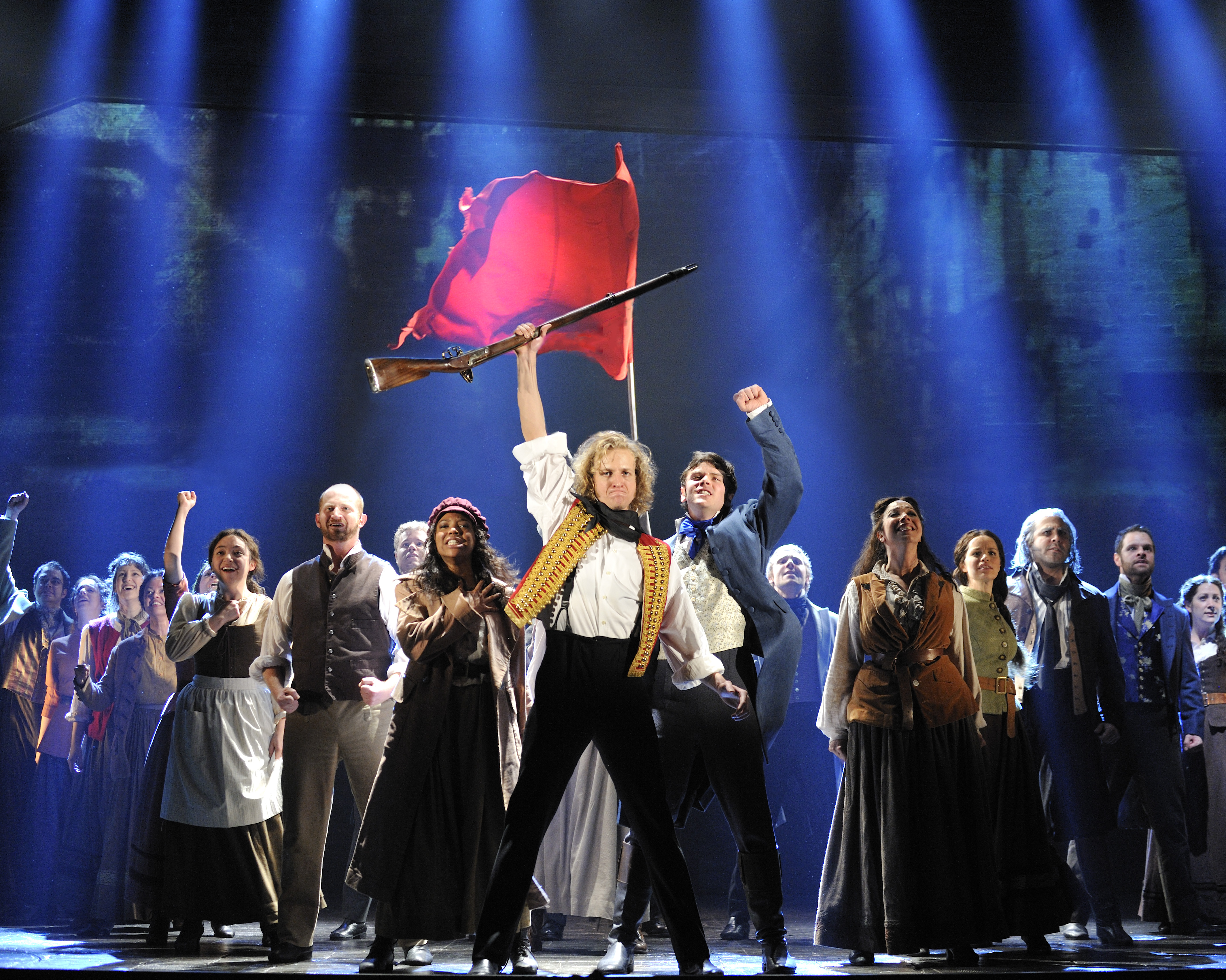
 Teaching Les Misérables in the classroom offers educators the chance to include a range of diverse subjects. Plus, with the return of Les Misérables to Broadway in 2014, a hit movie version of the musical, the book, and many other versions on film, this musical provides teachers ample opportunity to be creative in working with the story, characters, and the Romantic genre. In this two-part series, we will first consider the history of Romanticism and then, in the second part, we will look at themes, topics, and subjects in Les Misérables that you may want to address in the classroom.
Teaching Les Misérables in the classroom offers educators the chance to include a range of diverse subjects. Plus, with the return of Les Misérables to Broadway in 2014, a hit movie version of the musical, the book, and many other versions on film, this musical provides teachers ample opportunity to be creative in working with the story, characters, and the Romantic genre. In this two-part series, we will first consider the history of Romanticism and then, in the second part, we will look at themes, topics, and subjects in Les Misérables that you may want to address in the classroom.
The Romantic Movement and Victor Hugo

In teaching Les Misérables, it’s important to understand that it is one of many Romantic works created by playwright and novelist Victor Hugo. Hugo was one of the leaders of the Romantic Movement in France and his play Hernani (1830) was the first successful Romantic play. It caused a riot on the theatre as the sides were clearly drawn- there were those who supported the new genre and those who wanted to hold onto French Neoclassicism, which was governed by strict rules that were associated with Aristotle’s poetics.
The Romantic Movement in France was about more than literature. It was about freeing the creative artist from restrictions imposed upon them by the French Academy and democracy. For more than 150 years French Neo-Classicism, with its precise rules and strictures, was not just the accepted form for tragedy, it was the only form. The French Academy held reign over writers and those who broke the rules of Neo-Classicism were subject to censure.
Henani broke those rules and set the stage for a whole new type of theatre. It’s influence would be world-wide and it is still felt today.
What is Romanticism?

You can explain elements of Romanticism when teaching Les Misérables in the classroom. As a reaction against French Neo-Classicism, Romanticism has specific elements that are in opposition to the older genre. Romantic plays such as Hernani and Cyrano de Bergerac and novels such as Les Misérables and The Hunchback of Notre Dame all contain similar points of view, characters, and messages.
The basic elements of Romantic literature:
- The hero is someone who does not seem to fit into society
- The hero is of noble or good birth
- The hero has scruples and is true to their word
- Usually there is some element of forbidden love
- The love is one that cannot be consummated on Earth but lasts forever in some other realm
- Local color is important, which means there’s a focus on environment
- There are many scenes and settings
- There are numerous subplots
- The story unfolds over years
When compared to Neo-Classicism, which focused on a hero of noble birth who met a tragic end due to fate and which had one setting, one basic plot and took place over the course of one day, Romanticism was a radical movement. It was also very popular and successful.
Dynamic Stories

In teaching Romanticism in your class, it’s important to note the great influence that it has had. The various elements that the Romantics used helped them to create dynamic stories that captured people’s imaginations. Plays and novels written in the Romantic tradition offer musical theatre creators great opportunities to utilize the power of music, lyrics, movement, stage effects, and much more in developing works that overwhelm audiences such as Les Misérables. In Part Two, we’ll look at Les Misérables and a few of the ways teachers can utilize this Romantic story in the classroom.

 Random Item
Random Item